Solihull park becomes hedgehog conservation zone
- Published
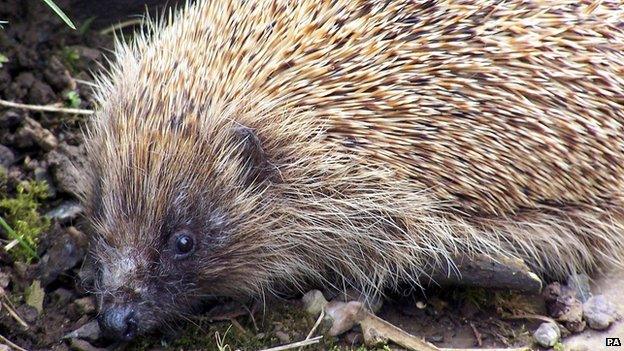
Hedgehog numbers have plummeted from 30 million to 1.5 million since the 1950s, research has shown
A huge hedgehog conservation zone is to be set up in a park - aimed at boosting their chances to forage and meet mates.
A 220-acre reserve will be created around Solihull's Elmdon Park by the Warwickshire Wildlife Trust - thought to be the first of its kind in the UK.
The animals are under threat nationally because of a loss of hedgerows and habitats, the trust said.
Hedgehog numbers are to be closely monitored in the area, while hedgehog-friendly routes will be created.
Simon Thompson, in charge of the project for Warwickshire Wildlife Trust, said small holes would be used to link up green spaces, while local residents would be encouraged to make holes in their garden fences to allow hedgehogs to move freely.
"Making these connections between our own fenced-in islands of green spaces creates a continuous habitat corridor through which hedgehogs can forage, seek shelter and even rendezvous with potential mates," he said.
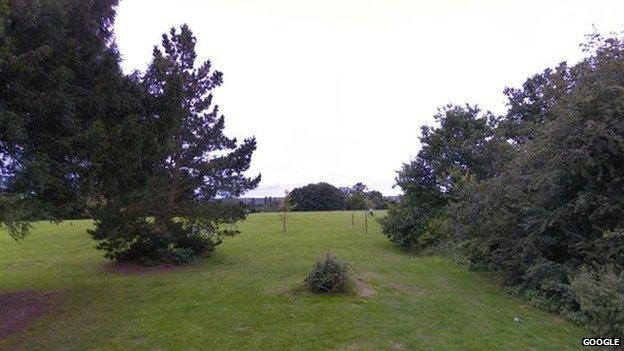
The zone will include Elmdon Park and Warwickshire Wildlife Trust's Elmdon Manor nature reserve
Research by Oxford University four years ago found Britain's hedgehog population had dropped from about 30m in the 1950s to just 1.5m.
The conservation area will be managed by a team of volunteers and includes the wildlife trust's Elmdon Manor nature reserve and Solihull Council's Elmdon Park.
The wildlife trust said it hoped to create a central "sanctuary" to allow hedgehogs to recolonise the surrounding area.
The project has been funded by the British Hedgehog Preservation Society.

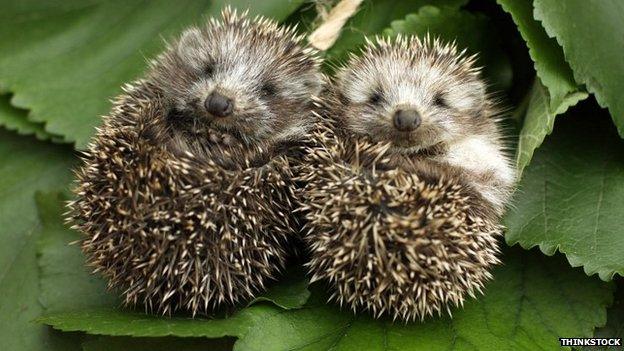
Hedgehogs
Adult hedgehogs often have 5,000 to 7,000 spines, which are really modified hairs
Their diet mainly consists of beetles, caterpillars and earthworms
Hedgehogs are most active at night and can roll themselves into a small ball as a form of defence
They tend to hibernate between November and mid-March, depending on the weather
Source: British Hedgehog Preservation Society

- Published19 February 2015
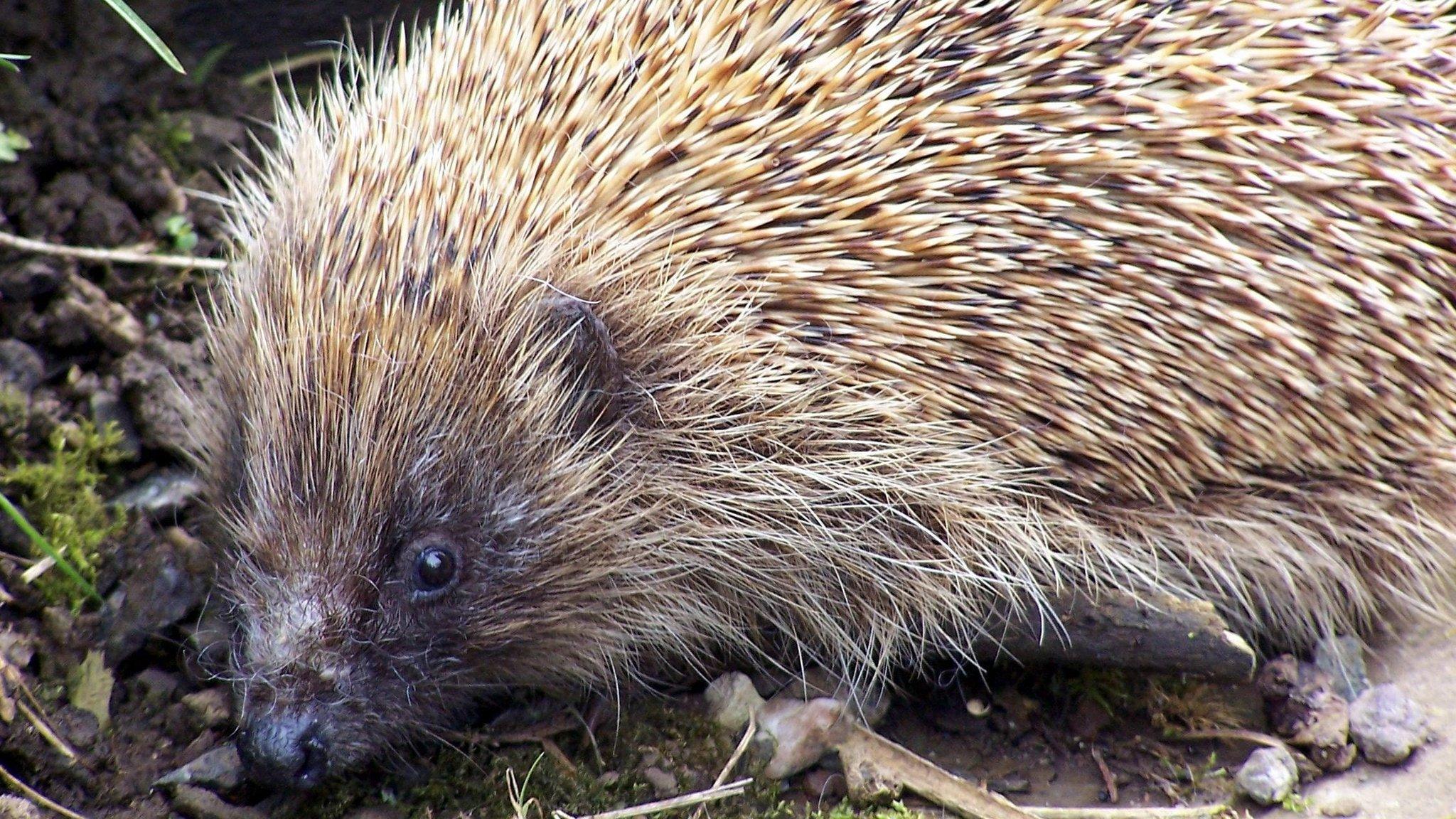
- Published3 November 2013
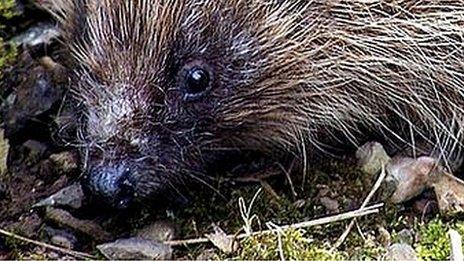
- Published22 May 2013
- Published25 September 2011
